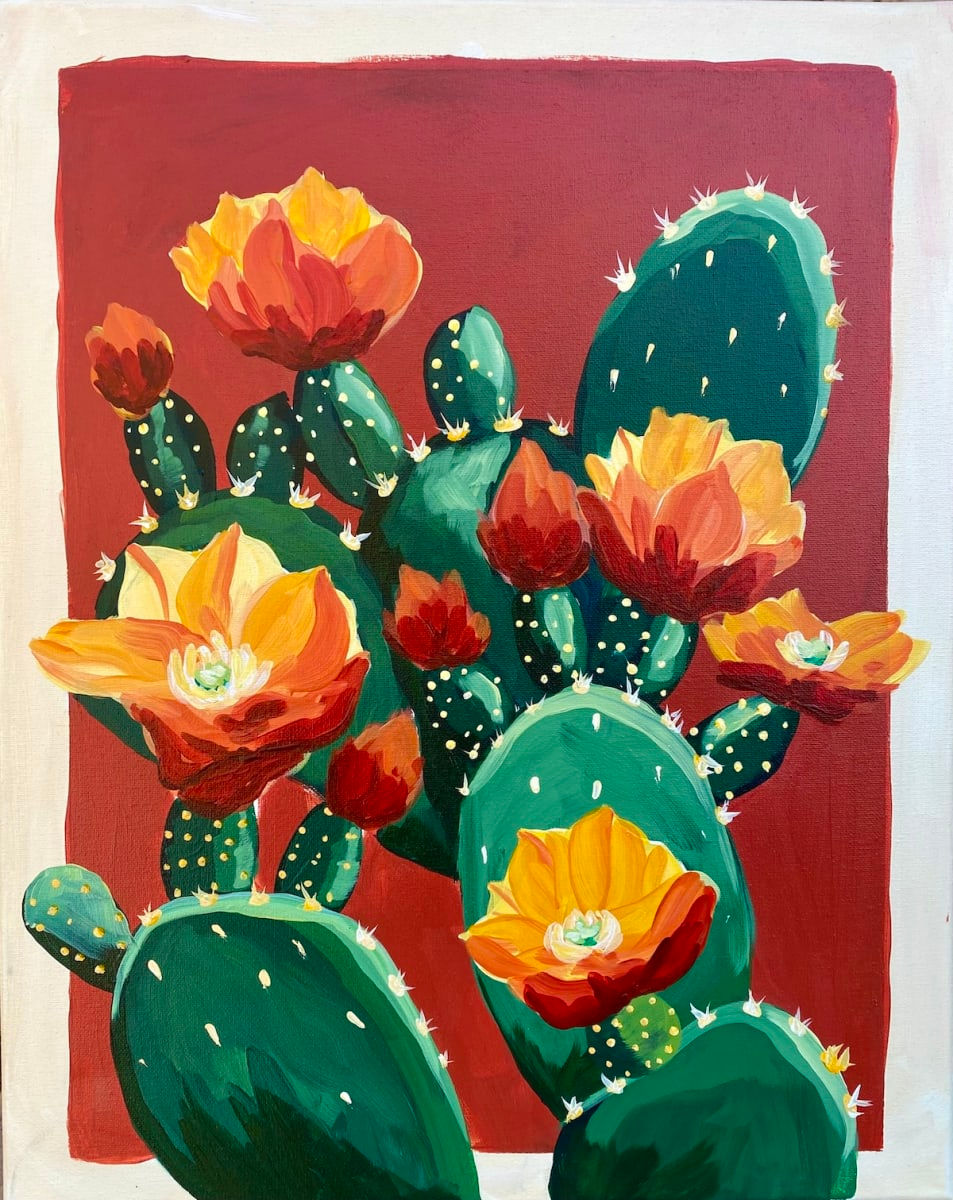How Teen Art Classes Build Discipline Through Fun
- 琳 王
- 2 days ago
- 5 min read

1. Why Art Classes for Teens Encourage Growth
Art classes for teens give young people a safe space to explore their creativity. These classes balance freedom with structure. Students can try different styles while still following clear steps from instructors. This mix helps teens enjoy their work while learning to focus.
In teen years, attention can easily move from one thing to another. Art classes for teens slow down this pace. When students draw, paint, or build projects, they must pay attention to details. Over time, this focus turns into discipline. Teens learn that patience brings better results.
Youth art programs also encourage responsibility. Teens prepare their tools, follow schedules, and clean their work areas. These habits build discipline in ways that feel natural. The more they practice, the more these skills spread to school and home life.
2. How Teen Drawing Classes Build Focus
Teen drawing classes often start with simple exercises. Students may sketch shapes or copy objects from real life. These steps might feel small, but they train the eye and hand to work together. Teens must focus on what they see and how they put it on paper.
Drawing also teaches observation. Teens begin to notice shadows, angles, and textures. This close attention builds patience. Instead of rushing, they take their time to get things right. Over weeks of practice, this habit grows stronger.
Focus from teen drawing classes often carries into other parts of life. Teens who spend time drawing may find it easier to study or manage tasks. The quiet discipline of sketching helps them handle challenges in school or hobbies.
3. Why Youth Art Programs Make Discipline Fun
Many teens think of discipline as rules or limits. But youth art programs show a different side. Here, discipline feels like a natural part of fun activities. Students may join group projects, where they must work together to finish on time. They learn to respect deadlines while still enjoying the creative process.
Youth art programs often include challenges, like competitions or themed projects. These push teens to work harder, but also let them celebrate success. The fun of finishing a project or winning a small award makes the hard work feel worth it.
Instructors in youth art programs also guide students step by step. This balance of freedom and structure keeps the classes enjoyable. Teens learn that discipline is not about limits, but about reaching goals.
4. Art Classes for Teens Teach Time Management
Art classes for teens often follow a set schedule. A project might last one hour, one week, or even longer. Teens must learn to use their time wisely. If they spend too long on one part, they may not finish the rest. This teaches them how to balance detail with progress.
Teens also learn the value of practice. Many skills in art, like shading or perspective, improve only with repeated effort. When students return each week to keep practicing, they build discipline without even noticing.
By managing their art projects, teens prepare for bigger tasks in life. Time management from art classes helps with schoolwork, part-time jobs, and even friendships.
5. Teen Drawing Classes Support Confidence
Discipline is not only about focus and rules. It also grows with confidence. Teen drawing classes give students chances to see their progress. A simple sketch today may turn into a detailed drawing months later. Seeing this growth gives teens pride in their effort.
Confidence builds more discipline. When students believe they can improve, they are more willing to keep trying. Even mistakes become part of the process. Instead of giving up, teens push forward.
This confidence spreads beyond the art studio. Teens who see success in drawing often feel braver in school, sports, or social settings.
6. Youth Art Programs Foster Teamwork and Respect
Discipline also grows in group settings. Youth art programs often bring teens together for projects or exhibitions. Working in teams requires listening, sharing ideas, and respecting others’ work.
In group projects, teens must manage their roles. They cannot delay, or the whole team suffers. This responsibility builds self-control and awareness of others.
Respect also grows in these programs. Teens learn to give and receive feedback. Instead of feeling defensive, they see feedback as a tool for growth. This respectful mindset is another form of discipline.
7. Art Classes for Teens Build Long-Term Habits
The skills teens learn in art classes for teens go far beyond drawing or painting. Discipline becomes a habit. Students learn to start tasks, stay focused, and finish what they begin. These habits shape their approach to challenges later in life.
Long-term habits also include creative problem-solving. When a drawing does not look right, students must find solutions. They may try again, adjust their technique, or ask for help. This resilience teaches them not to quit when things get hard.
Parents often notice these changes at home. Teens who join art classes may become more organized, calm, and patient.
8. Teen Drawing Classes Encourage Healthy Expression
Discipline grows when teens learn how to manage emotions. Teen drawing classes give them a safe way to express feelings. A stressful day can turn into sketches or colors on a page. Instead of holding emotions inside, teens release them through art.
This practice teaches self-control. Teens understand that emotions can fuel creativity rather than cause conflict. Over time, they handle stress more calmly.
Healthy expression also supports relationships. Teens who draw or create are often better at sharing thoughts and listening to others. This balance of expression and respect builds inner discipline.
9. Why Youth Art Programs Prepare Teens for the Future
Discipline from youth art programs is not only useful today. It prepares teens for the future. Whether they aim for college, careers, or personal goals, discipline is key.
In art programs, teens already practice setting goals and working toward them. They learn how to manage projects, handle deadlines, and accept feedback. These are the same skills needed in school, jobs, and life.
Youth art programs also spark career interest. Some teens may dream of being artists, designers, or architects. Others may simply take these lessons into different fields. Either way, the discipline they gain supports success.
10. Final Thoughts on Art Classes for Teens
Art classes for teens prove that discipline does not have to be strict or boring. With the right balance of structure and creativity, teens learn to focus, manage time, and express themselves.
Teen drawing classes sharpen skills while teaching patience and observation. Youth art programs build teamwork, respect, and responsibility. Together, these lessons prepare teens for challenges in school and beyond.
The best part is that teens enjoy the process. Through fun activities, they build discipline without even realizing it. This mix of joy and growth makes art one of the most powerful tools for shaping teen development.





Comments